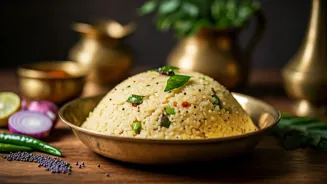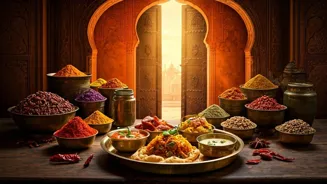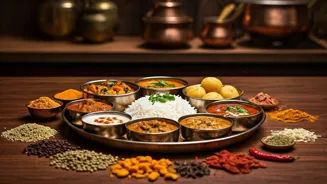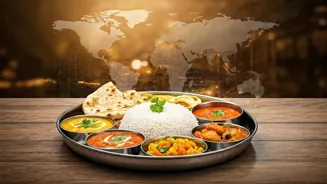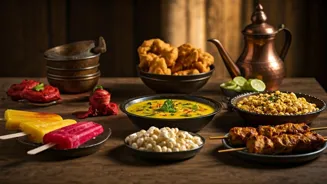Dive into the evolution of Indian cuisine: from ancient traditions to modern twists. Explore the rich history and innovation!
For ages, Indian cuisine has been celebrated worldwide for its rich taste, diversity,
and fragrant spices. From the simple home-cooked meals to the elaborate dishes served in restaurants, the food of India tells a story of culture, history, and innovation.
What we see on our plates today is not simply a collection of recipes, but a continuous journey of evolution. It is a coming together of ancient practices and modern ideas. This article explores how Indian cuisine has changed over time.
It looks at how old traditions have mixed with new techniques to create the amazing variety we know and love today.
Indian cuisine's roots in Ayurveda prioritize balance, health, and fresh ingredients
The roots of Indian cuisine are deeply entwined with the principles of Ayurveda. This ancient system of medicine emphasizes the importance of balance and harmony in food. Ayurvedic cooking focuses on using fresh, seasonal ingredients to promote health and well-being.
Traditional recipes often prioritize cooking methods that preserve the nutritional value of foods. Spices are not just for flavour, but also for their medicinal properties, such as turmeric for its anti-inflammatory effects and ginger for digestion.
The concept of Ahimsa, or non-violence, prevalent in Hinduism and Jainism, also influenced dietary choices, leading to the development of the vegetarian cuisine. The use of millets and lentils, along with cooking methods, and fermentation became central to nourishment and the sustenance of life.
Mughal and British influences shaped Indian cuisine evolution
The Mughal era brought significant changes to Indian food. The Mughals, known for their love of fine dining, introduced new cooking techniques, ingredients, and presentation styles. Dishes like biryani and the use of nuts, dry fruits, and cream became prominent.
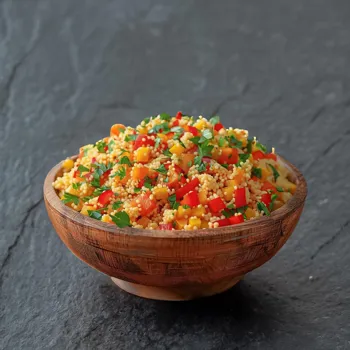
This amalgamation of Persian and Indian tastes resulted in a richer, more elaborate style of cooking. The British Raj saw another layer of influence as Indian cooks adapted Western dishes to local palates.
The Anglo-Indian cuisine emerged, featuring dishes like railway mutton curry and bread pudding, which blended British flavours with Indian spices. These dishes were a testament to the adaptability and ingenuity of Indian cooks.
Regional Indian cuisines showcase diverse flavors and culinary traditions post-Independence
After Independence, regional cuisines began to gain prominence. Each state of India boasts a unique culinary identity, shaped by its geography, climate, and cultural practices.
The flavors of the North, with its tandoori and creamy curries, contrast sharply with the spicy, coconut-based dishes of the South. The coastal regions offer seafood delicacies, while the arid landscapes feature hearty, grain-based meals.
This diversity is celebrated through food festivals, culinary tourism, and the rise of regional restaurants. Chefs started experimenting with local ingredients and traditional recipes. They began showcasing the vast culinary heritage of India.
Indian cuisine evolves with fusion and innovation in 20th-21st centuries
The late 20th and early 21st centuries witnessed an explosion of creativity in Indian cuisine. Chefs started incorporating global influences and modern techniques to create contemporary dishes. Fusion cuisine became popular, blending Indian flavors with Western or Asian elements.
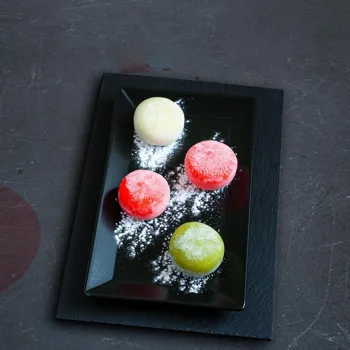
Molecular gastronomy found its way into some kitchens, adding a touch of science to traditional cooking. Chefs began experimenting with new textures, presentations, and flavor combinations.
This movement is about celebrating the roots of Indian cuisine while pushing the boundaries of culinary innovation.
Indian cuisine evolving rapidly with internet, social media, health awareness, sustainability
Today, Indian cuisine is evolving at an unprecedented pace. The rise of the internet and social media has made it easier than ever for people to share recipes, cooking tips, and culinary inspiration. Home cooks are experimenting with new ingredients and techniques.
Professional chefs are pushing the limits of creativity in their restaurants. The growing awareness of health and sustainability is also influencing food choices, with more people opting for organic, locally sourced ingredients.
This dynamic interplay of tradition, innovation, and awareness is shaping the future of Indian cuisine. It makes it more exciting and relevant than ever before
AI Generated Content. Glance/InMobi shall have no liability for the content
